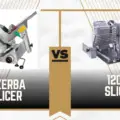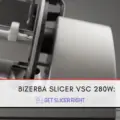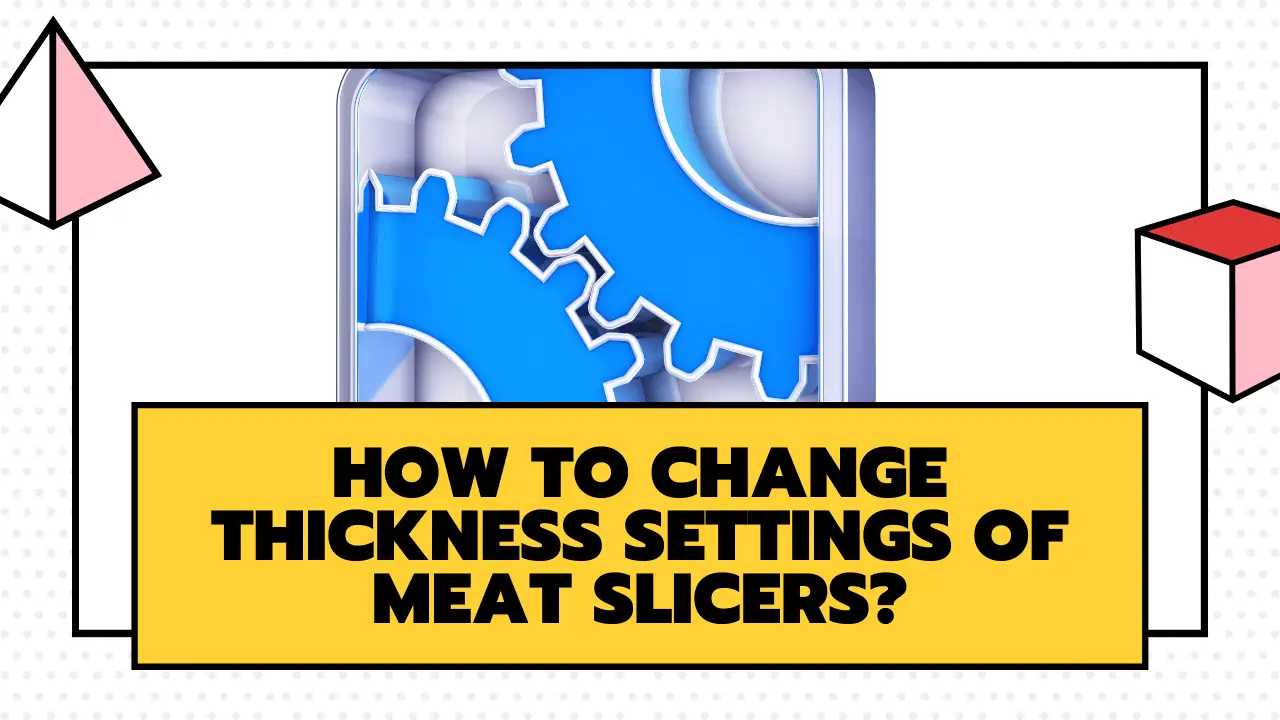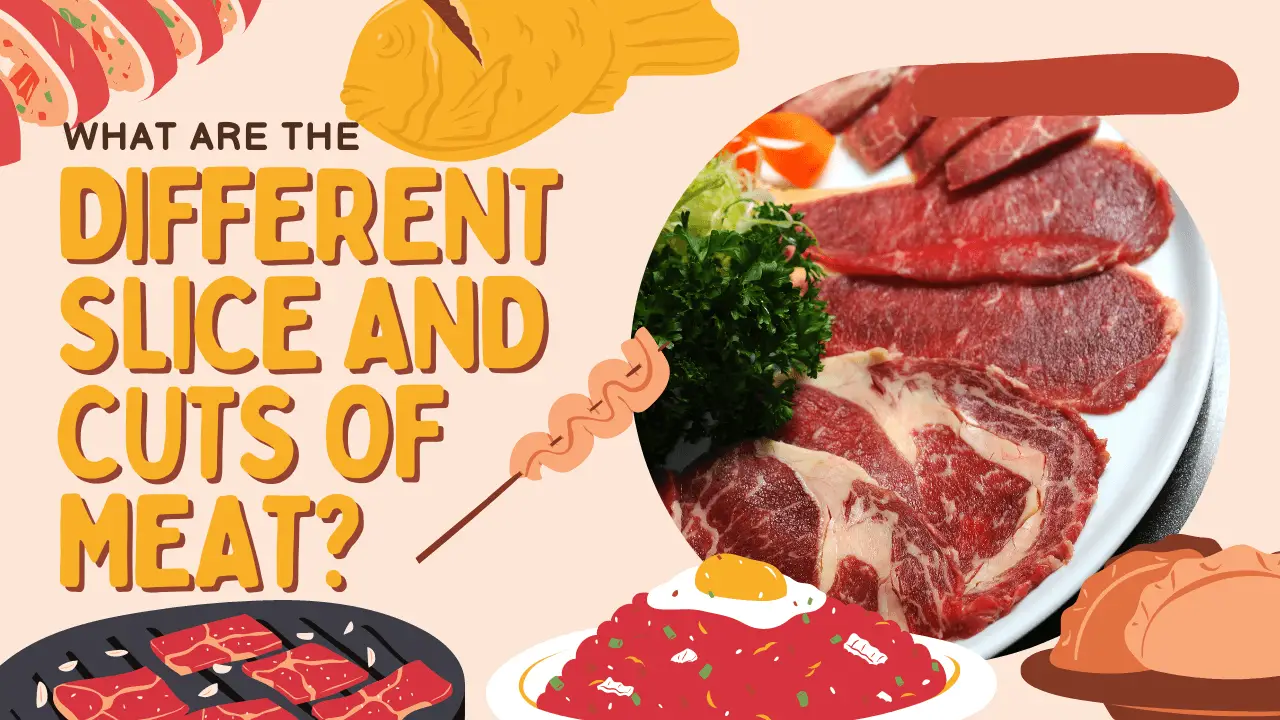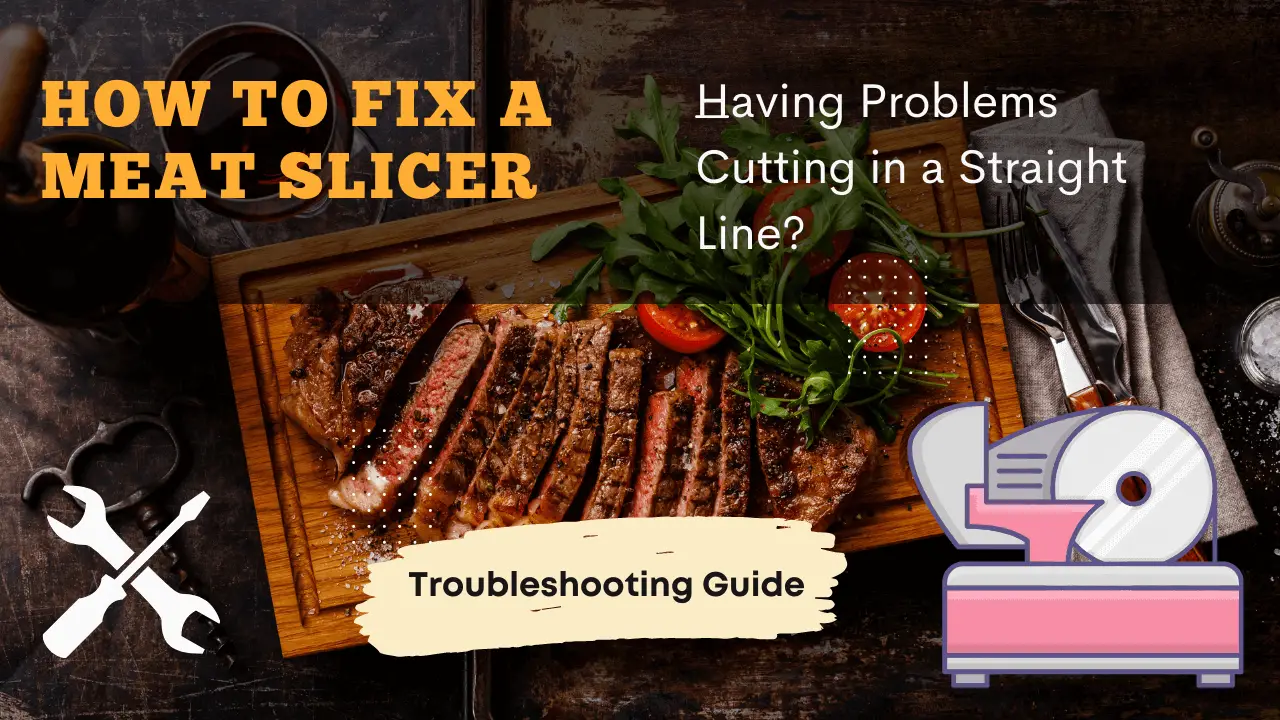The blade on your Bizerba slicer should be replaced when it shows signs of dullness, damage, excessive wear, or rust. Regular maintenance, such as cleaning and lubricating, can help extend the blade’s lifespan.
How Often Should You Replace the Blade on Your Bizerba Slicer?
The frequency of blade replacement depends on various factors, including the usage intensity and the condition of the blade itself. Here are some indicators that it may be time to replace the blade on your Bizerba slicer:
- Dullness: If your slicer struggles to cut through meats or produces uneven slices, it could be a sign of a dull blade.
- Visible Damage: Inspect the blade for any chips, nicks, or bends. Damaged blades can compromise slicing precision and pose a safety risk.
- Rust or Corrosion: Blades exposed to moisture or improper cleaning may develop rust or corrosion, which can affect both the performance and hygiene of your slicer.
- Excessive Wear: Over time, blades can wear down, resulting in decreased cutting efficiency. If you notice significant wear, it’s time to consider a replacement.
Steps to Replace the Blade on Your Bizerba Slicer
Follow these step-by-step instructions to replace the blade on your Bizerba slicer:
- Ensure the meat slicer is in working order, turned off, and unplugged.
- Set the slice thickness setting to ‘0.
- Prepare a clean and clutter-free workbench for the blade replacement process.
- Wear hygienic food-grade gloves for safety and cleanliness.
- Unscrew the carriage knob and pull the meat carriage towards you, engaging the locking pin.
- Remove the meat carriage arm and tray from the slicer and clean them with warm soapy water (not dishwasher-safe).
- Unscrew the knob at the rear of the blade to remove the center plate, and clean it with warm soapy water.
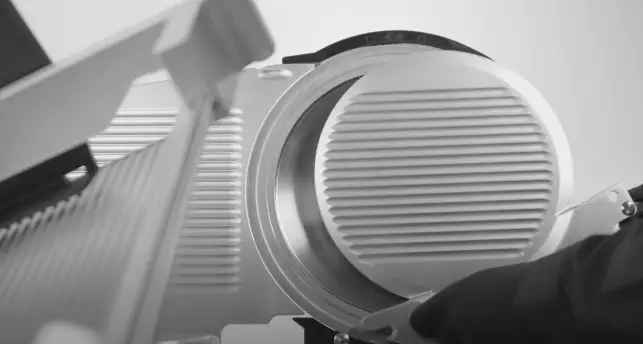
Unscrew the knob - Clean under the center plate using hot water, mild detergent, and a soft cloth.
- Lift the sharpening housing.
- Slot the blade removal tool firmly against the blade.
- Hold the outer handle with one hand, rotate the center handle a quarter turn anti-clockwise, and lift the blade removal tool. The blade will dislodge safely against the tool.
- Attach the blade protection guard against the center mechanism securely.
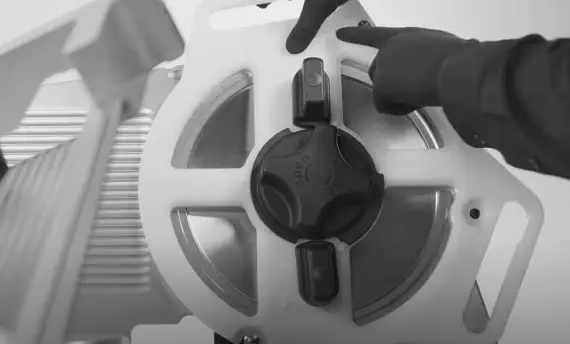
Attaching the blade protection guard - Clean the components behind the blade with a damp cloth.
- Use the blade removal tool to safely eject the blade into a suitable disposal receptacle.
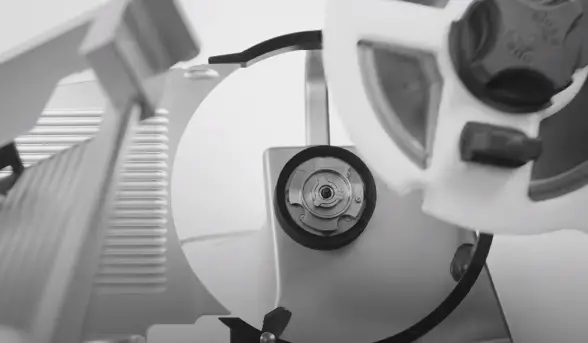
Using Blade removal tool - Attach the new blade to the blade removal tool firmly.
- Remove the blade protection guard.
- Place the blade removal tool with the new blade against the machine and turn the center handle a quarter turn clockwise to lock the blade into place.
- Close the sharpening housing, reattach the center plate, and attach the meat carriage tray.
- Double-check that everything is correctly installed.
Bizerba Slicer Sharpening Instructions
To maintain optimal cutting performance, it’s crucial to sharpen your Bizerba slicer blade regularly. Follow these instructions to sharpen the blade:
- Make sure the machine is turned off.
- Slide the cutting tray off the slicer and move it to the left using the crank on the bottom of the unit.
- Place the sharpener on the tray, sliding it up to the blade until you hear a click.
- Tighten the sharpener against the tray using the knob at the end of the bent bar.
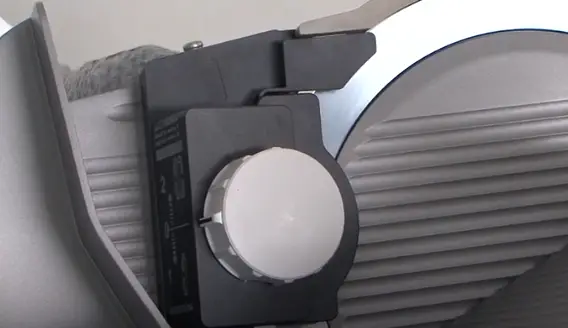
Tighten the sharpener against the tray - Check for stability by gently moving the sharpener.
- Turn on your Bizerba slicer.
- Gradually turn the sharpener knob to “1” and let it spin for 30 seconds.
- Increase the sharpener knob to “2” for only 3 seconds.
- Turn off the slicer and sharpener.
- Remove the sharpener from the tray.
- Wipe down the slicer with a damp rag to remove any residual dust or debris left by the sharpener.
Frequently Asked Questions
Q1: Can I sharpen the blade instead of replacing it?
A: Yes, you can sharpen the blade of your Bizerba slicer using a sharpener specifically designed for the task. Regular sharpening helps maintain cutting efficiency and prolongs the blade’s lifespan.
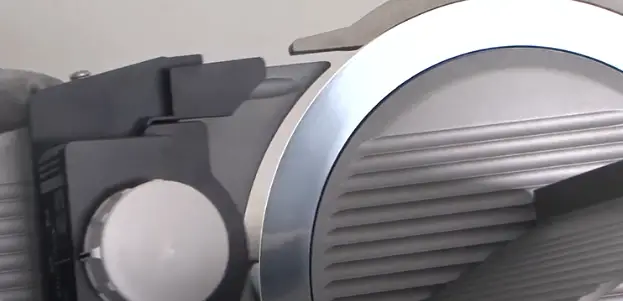
Q2: How often should I sharpen the blade?
A: The frequency of sharpening depends on usage intensity. As a general guideline, consider sharpening the blade every 1 to 3 months or when you notice a decline in cutting performance.
Q3: Can I replace the blade myself, or should I consult a professional?
A: You can replace the blade on your Bizerba slicer following the step-by-step instructions provided in this article. However, if you are unsure or uncomfortable with the process, it’s always recommended to seek professional assistance to ensure proper installation and safety.
Key Takeaways:
- Regularly inspect your Bizerba slicer blade for signs of dullness, damage, rust, or wear.
- Replace the blade when it no longer provides precise slicing or shows significant damage.
- Follow the step-by-step instructions provided in this article to safely replace the blade on your Bizerba slicer.
- Sharpen the blade periodically to maintain optimal cutting performance.
- Seek professional help if you are unsure about replacing the blade yourself.
Maximizing Blade Longevity and Performance
To ensure the longevity and optimal performance of your Bizerba slicer blade, here are some additional tips and best practices to consider:
- Proper Slicing Technique: Adopting the correct slicing technique can significantly reduce wear and tear on the blade. Use smooth and consistent motions, applying gentle pressure to avoid unnecessary strain on the blade.
- Regular Lubrication: Lubricating the moving parts of your Bizerba slicer, including the blade, can help reduce friction and prevent premature wear. Follow the manufacturer’s guidelines for lubrication intervals and use food-grade lubricants specifically recommended for your slicer model.
- Scheduled Maintenance: Create a maintenance schedule for your Bizerba slicer that includes regular inspections, cleaning, sharpening, and blade replacement when necessary. Adhering to a maintenance routine will keep your slicer in excellent condition and ensure optimal performance.
- Use Proper Cutting Surfaces: Always use appropriate cutting surfaces, such as food-grade cutting boards or trays, to protect the blade from contact with hard or abrasive surfaces. Avoid cutting directly on metal, glass, or other materials that can damage the blade.
- Avoid Overloading the Slicer: Be mindful of the slicer’s capacity and avoid overloading it with large or dense food items. Excessive strain on the blade can lead to accelerated wear and reduced cutting efficiency.
- Keep the Slicer Clean and Dry: Moisture can promote rust and corrosion on the blade. After cleaning, thoroughly dry all components, including the blade, before reassembling and storing the slicer.
- Regular Blade Inspections: Routinely inspect the blade for any signs of damage, including chips, cracks, or bent edges. If you notice any issues, promptly replace the blade to maintain optimal slicing performance and safety.
Conclusion
Maintaining and replacing the blade on your Bizerba slicer is crucial for achieving consistent and precise slicing results. By following the provided steps, adhering to a maintenance schedule, and implementing best practices, you can extend the lifespan of your blade and keep your slicer operating at its best.
References And Citations
Here are some external links that can provide additional information and resources related to maintaining and replacing the blade on a Bizerba slicer:
- Bizerba Slicer Maintenance Guide: https://www.bizerba.com/int/en/services-support This official maintenance guide from Bizerba provides detailed instructions and tips for maintaining and caring for your Bizerba slicer, including blade replacement.
- Proper Slicing Techniques for Meat Slicers: https://www.simpleitaliancooking.com/tips-using-meat-food-slicer-home/ This article discusses the importance of proper slicing techniques to minimize blade wear and tear. It offers practical tips for achieving efficient and precise slicing.
- Understanding Food-Grade Lubricants: https://www.machinerylubrication.com/Read/1857/food-grade-lubricants-basics This resource explains the importance of using food-grade lubricants for slicer maintenance. It provides an overview of food-grade lubricants and their application in food processing equipment.
- Blade Maintenance and Replacement Tips: https://fixitclub.com/small-appliances-repairs/food-slicer-repair/ This article offers valuable insights and tips for maintaining and replacing slicer blades. It covers common signs of blade wear, steps for blade replacement, and best practices for blade maintenance.
- Slicer Safety and Maintenance Video Tutorial: https://www.youtube.com/watch?v=Bm-RDKugB-M This video tutorial demonstrates the proper safety measures and maintenance procedures for slicers, including blade replacement. Visual guidance can be helpful in understanding the process.

John Hebdon is a food enthusiast, passionate chef, and author of various articles and blog posts related to food and cooking. With a deep love for all things culinary, John’s blog serves as a platform to share his extensive kitchen experiences with a broader audience.
In addition to his culinary expertise, John has a flair for writing and a natural ability to share his passion for food with others. His articles and blog posts are informative, engaging, and packed with practical tips for readers of all skill levels.
As a food enthusiast and writer, John is always on the lookout for new and exciting culinary experiences. Whether it’s trying out a new restaurant, experimenting with a new recipe, or simply sharing a favorite dish with friends and family, John is always eager to explore and share the world of food with others.


